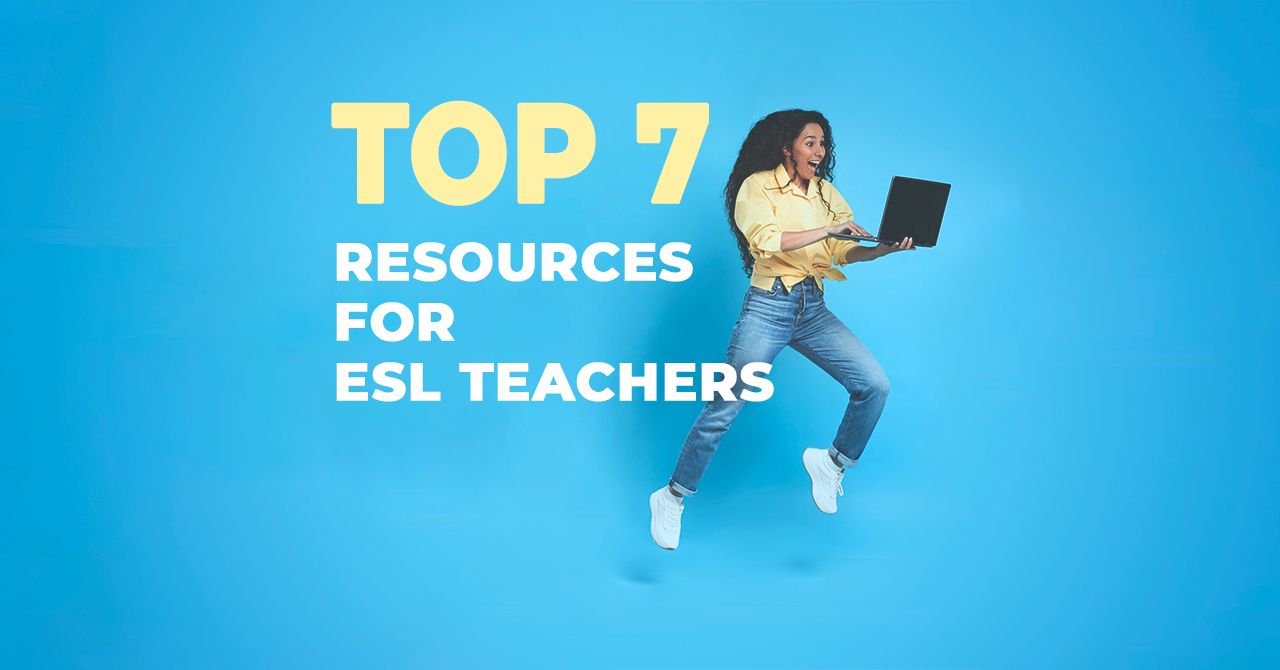
Five Classroom Focus-Boosting Techniques For Students
Elementary school kids, especially between the ages of 2-8 years, have a natural tendency to get distracted during class lessons and may end up not paying rapt attention to what is being taught in class. Some key ways of getting your kids to pay attention in class are:
1. The teacher can alter their own actions and behaviors to improve attentiveness. For instance, the teacher can lecture while remaining stationary without having visual distractions behind them.
2. The teacher should try and remove any hanging or mobile objects, wall art, or other visual distractions from the space. Kids who spend more time off-task and are more easily distracted in online classes with plenty of decorations make less progress in their academics than those who don’t.
3. To improve visual concentration, use contrasting colours. For instance, write in yellow on the chalkboard or use color-coded outlines.
4. Only one task or assignment should be given at once. If an assignment includes three sections that a student must fill out, consider cutting the paper into three separate pieces. Alternatively, put the paper in a folder and cut the folder in half. To finish the task, open up one part at a time.
5. Use a multimodal strategy to mix up the lesson subject matter. Some people can find it simpler to concentrate visually than auditory during kinesthetic lessons. Practice can help with visual attention and focus. Improve your ability to maintain visual concentration for longer periods of time.
6. As interest rises, attention improves. In order to encourage children to read, write, and speak about topics they are interested in, it is important to do so. Information that is personally relevant to kids also draws their attention more readily. The teacher could start by asking the students to create a chronological timeline of the significant events in their own lives if they need to learn how to use a chronological timetable.
7. Every 15 to 30 minutes, the teachers should switch up their educational tactics. For instance, they could teach for 15 minutes to convey the information. Small-group or cooperative learning activities for 20 minutes could come after this tactic. After that, students had the option of watching a film or other extra activity.
To conclude, if these measures are put in place, there will be a higher chance of getting our elementary students to pay attention in class and retain the knowledge shared.
I am perfectly fluent in speaking, reading and writing English language. I am a management analyst with 10 years of teaching English language at a business level and general level.

